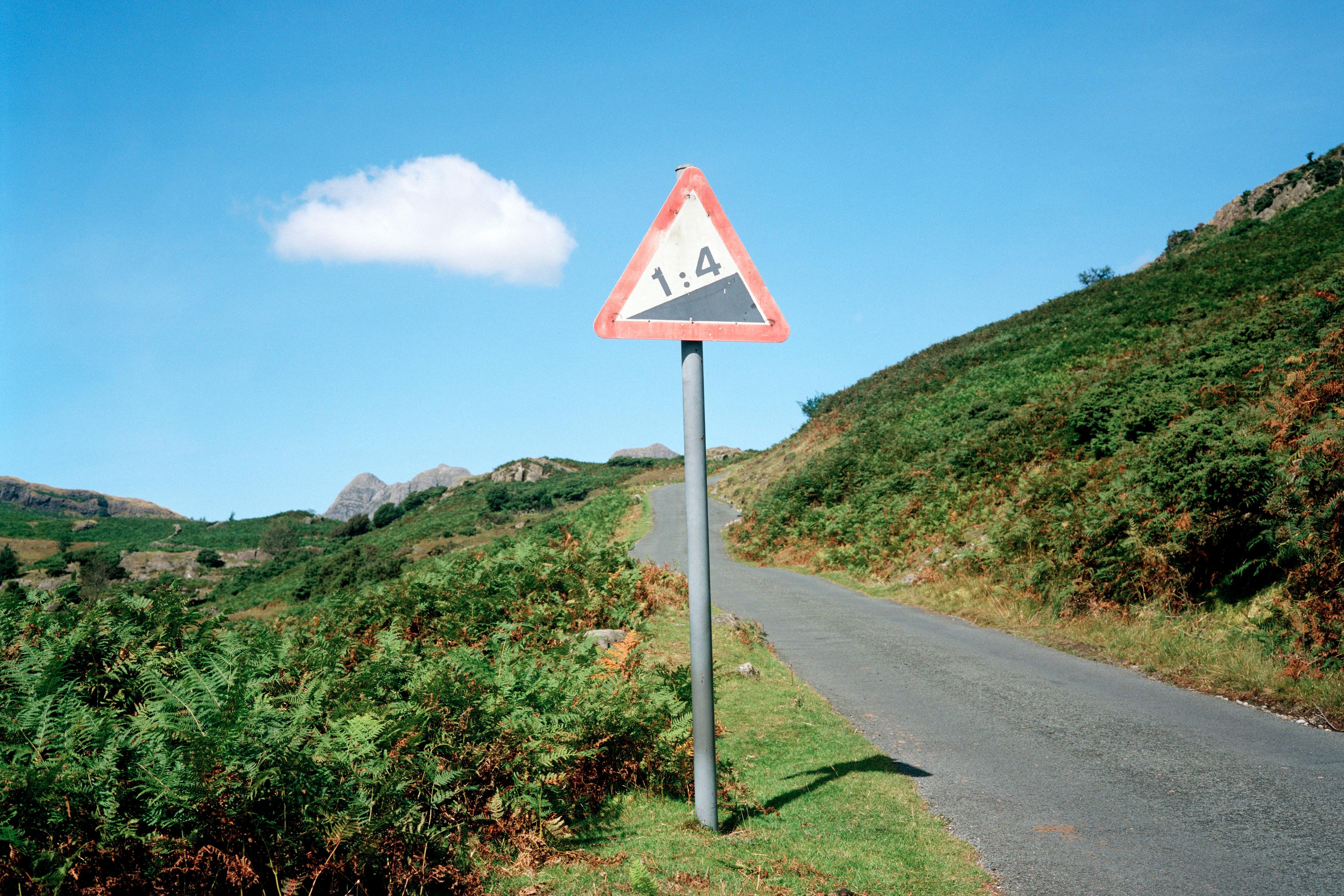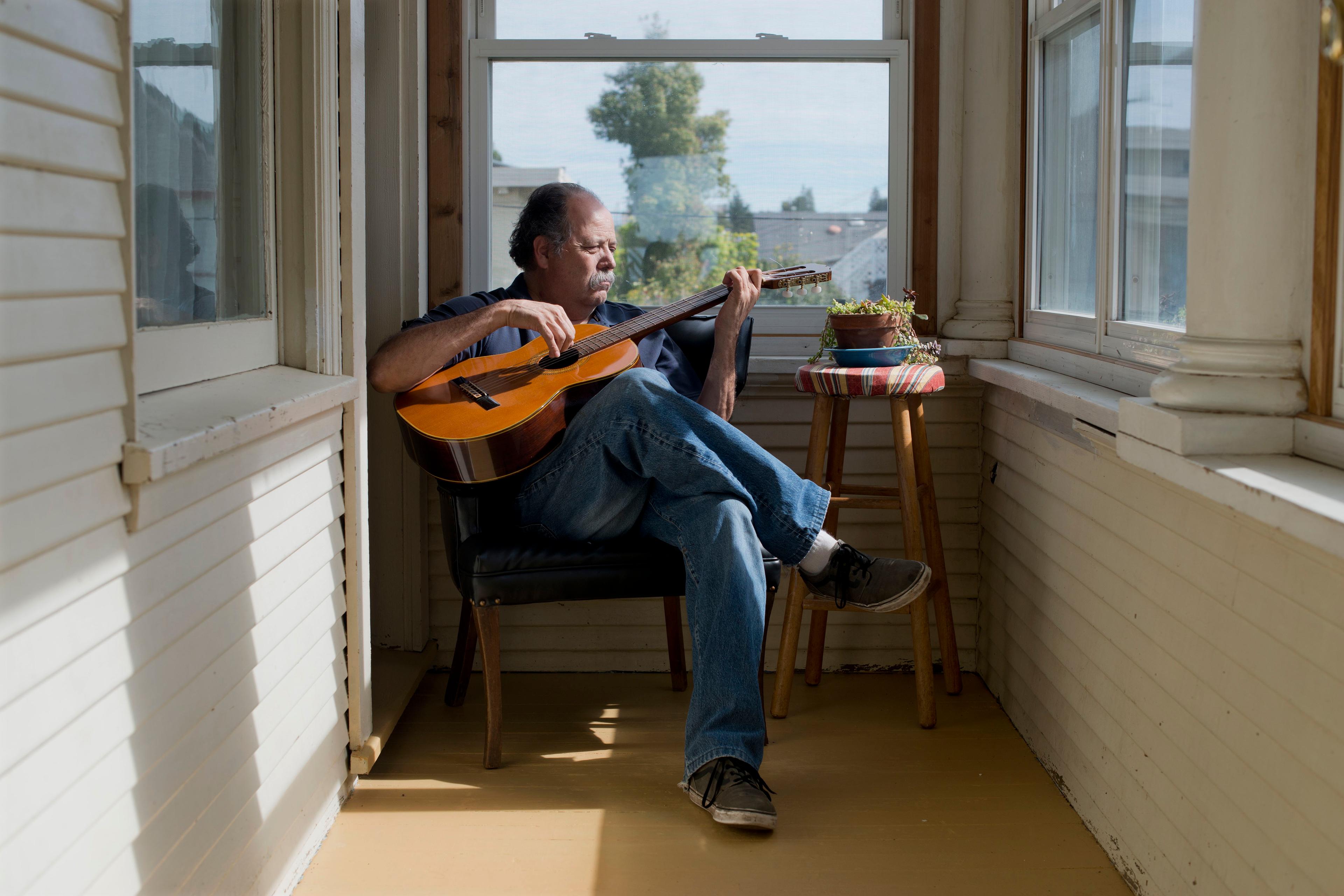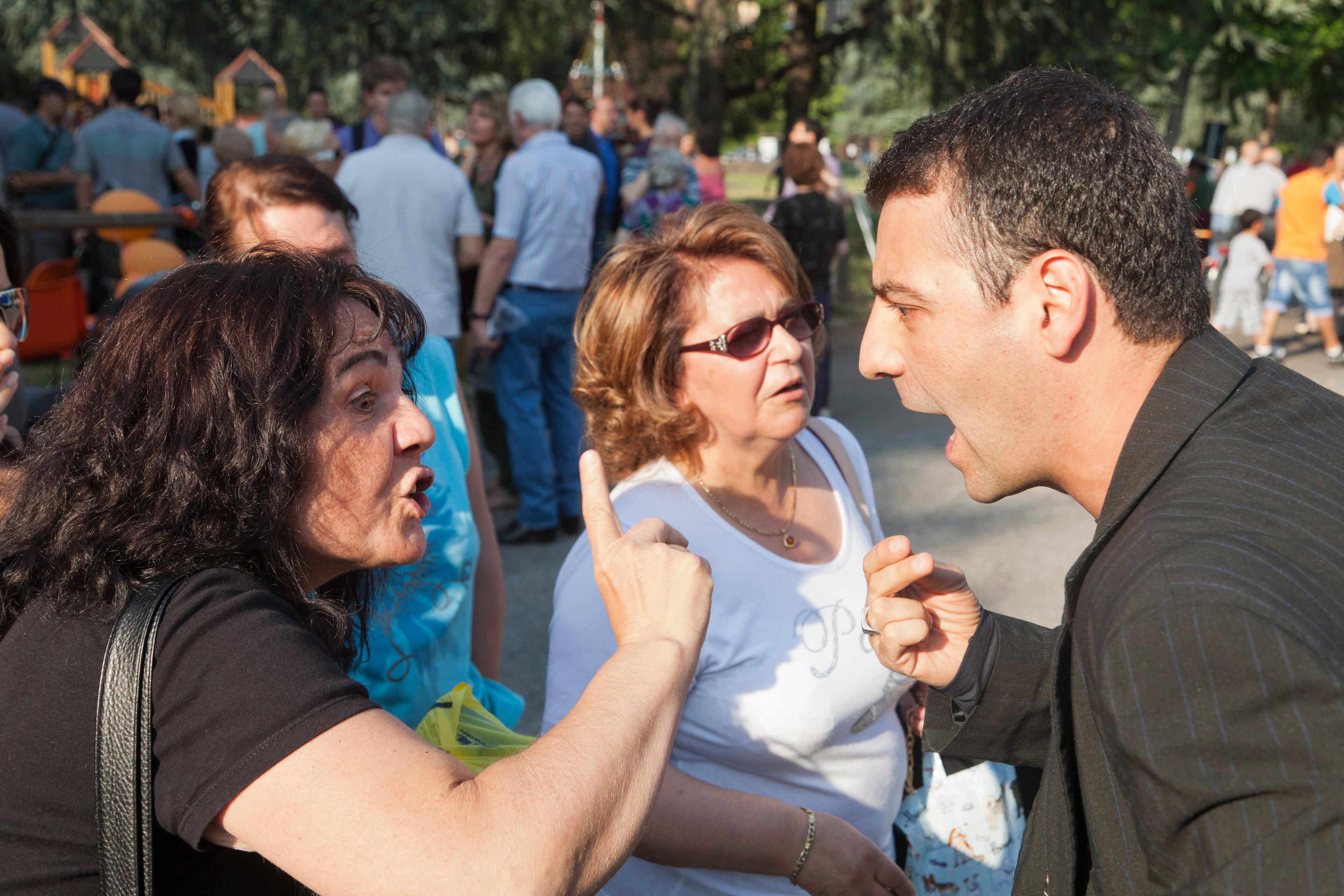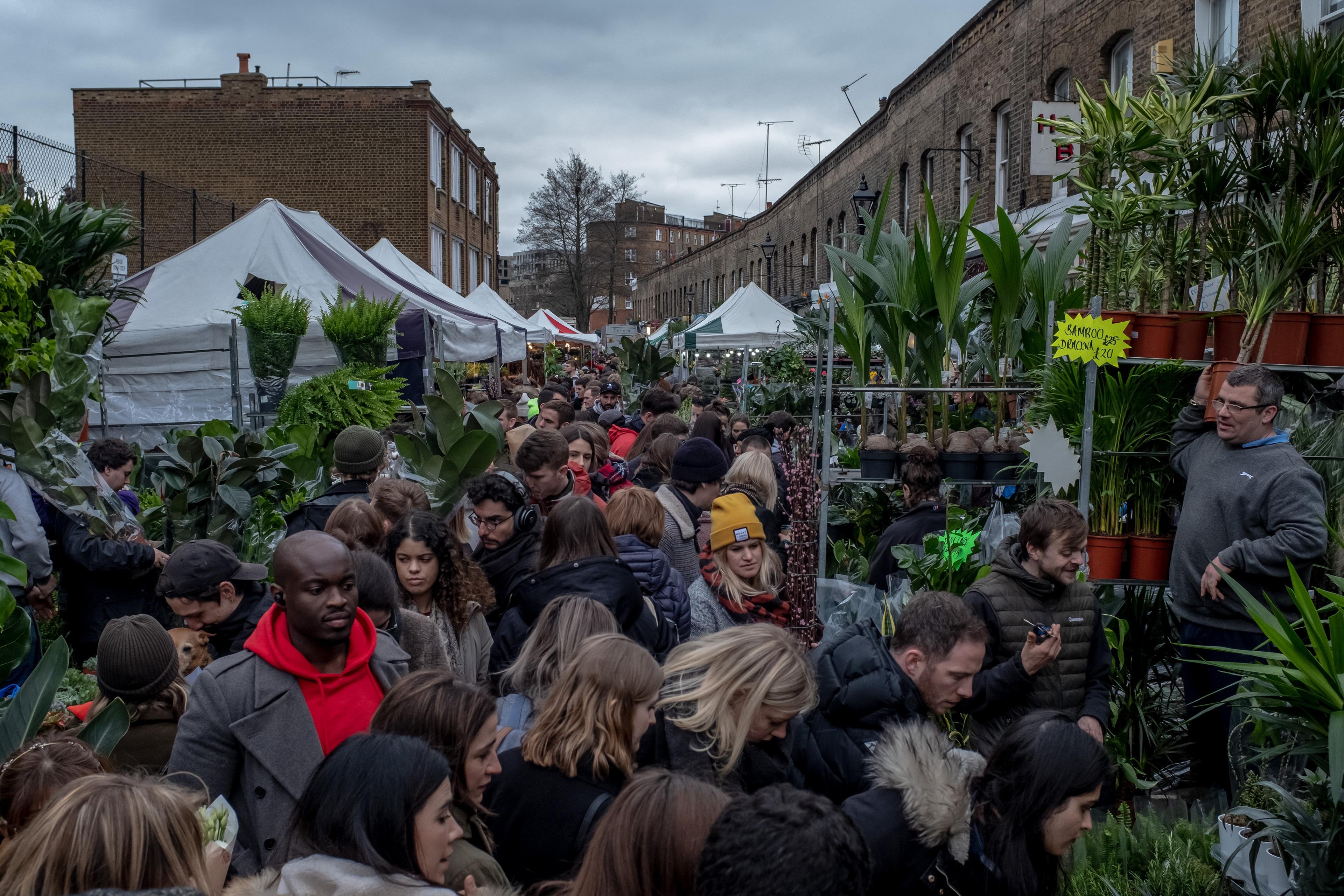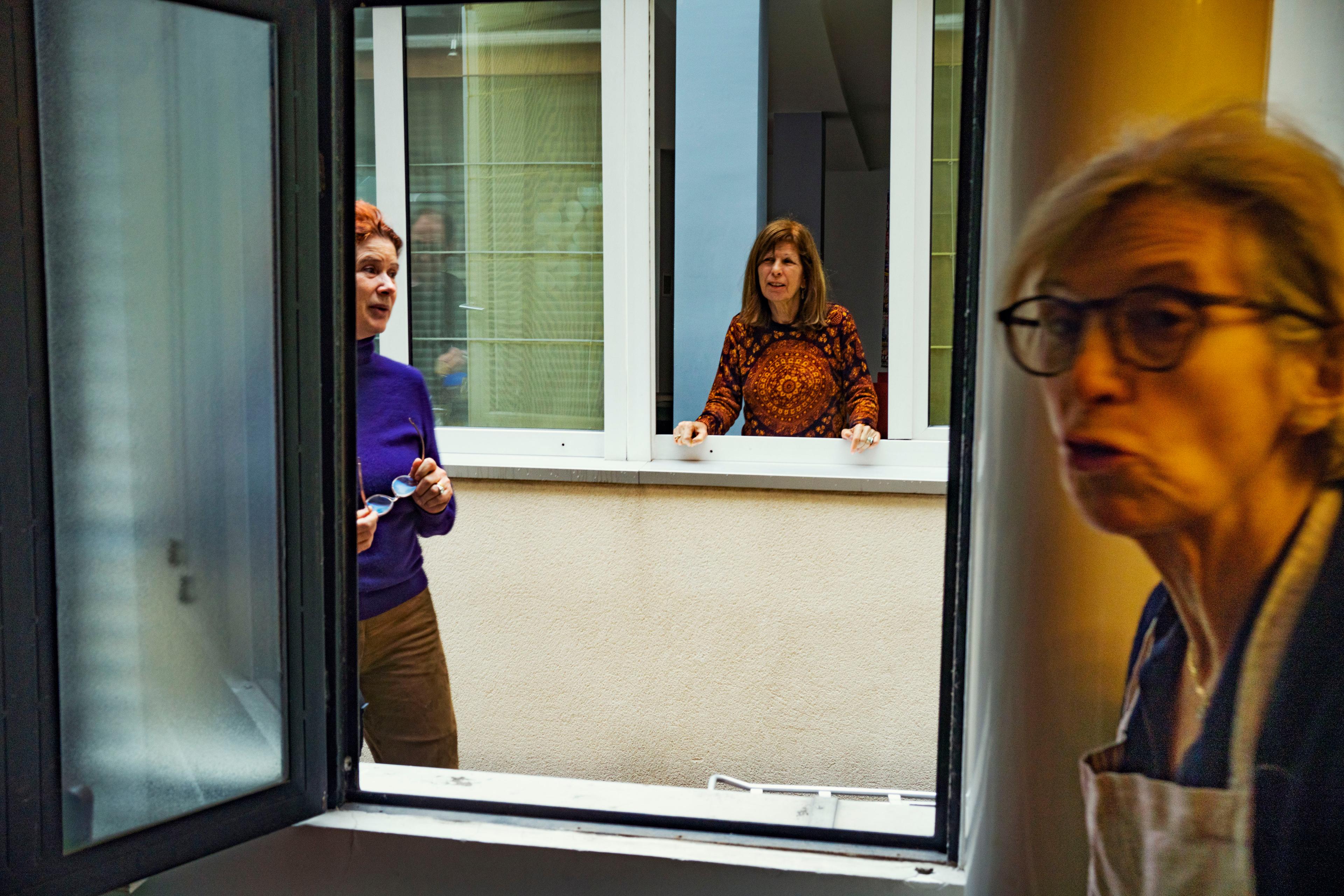Lately, I’ve been trying to be a better listener by using Carl Rogers’s technique of ‘unconditional positive regard’ (UPR), an idea I learned about on a recent psychology course. UPR refers to nonjudgmental acceptance of, and care for, a person – regardless of whether you agree with the things they say, think and do. It doesn’t suggest that you ignore or permit harmful behaviour, only that an individual should not have conditions they need to meet for them to be worthy of warmth and support.
When I first heard about UPR, it struck me that one reason it might be so powerful is that we very rarely come across this nonjudgmental approach in our daily lives. From socialising to contributing in meetings, it can often feel as though we’re being assessed in various ways. I thought about how comforting it is when you know you’re being held in a positive regard that isn’t going to waver, even if you have an off day or make an error – and whether this was something I could more intentionally foster for the people around me.
In practice, this has meant resisting the urge to jump in with advice, which I’ve noticed is often infused with judgment, and attempting to listen without necessarily looking for a solution. It’s revealed more of my own biases and thought patterns – such as the way I sometimes default to ‘I would/wouldn’t have done X’, rather than understanding where the other person is coming from. It’s meant asking more questions and being increasingly mindful of my nonverbal communication, such as avoiding facial expressions that communicate surprise or disagreement. Granted, I fail every day to uphold the aims of UPR, but the process of attempting it has increased my capacity for compassion – and a happy side-effect is that I seem to judge myself a little less now, too.





